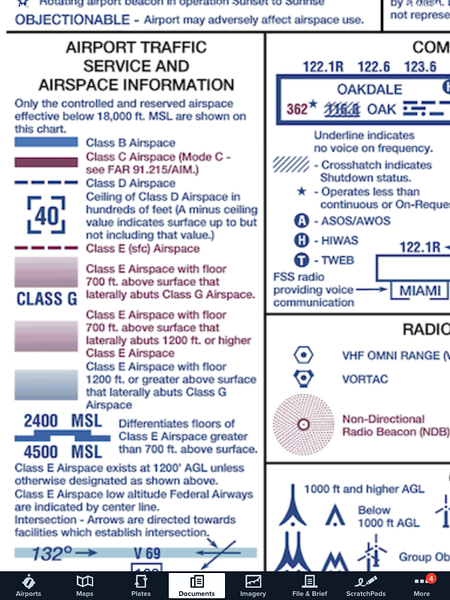Joshuajayg
Line Up and Wait
So, here's a little piece airspace that doesn't make sense to me.


Inside the blue shaded lines should be Class E from 1200' feet that laterally abuts Class G. So that means Class G up to... 14,500. Yet the magenta shaded lines near it don't say "Class G" on the outside. So, did the chart makers put the blue shaded line inside out? Should the hard edge be on the inside of the triangle? The IFR low chart shows that triangle as G up to 14,500.
Joshua


Inside the blue shaded lines should be Class E from 1200' feet that laterally abuts Class G. So that means Class G up to... 14,500. Yet the magenta shaded lines near it don't say "Class G" on the outside. So, did the chart makers put the blue shaded line inside out? Should the hard edge be on the inside of the triangle? The IFR low chart shows that triangle as G up to 14,500.
Joshua
